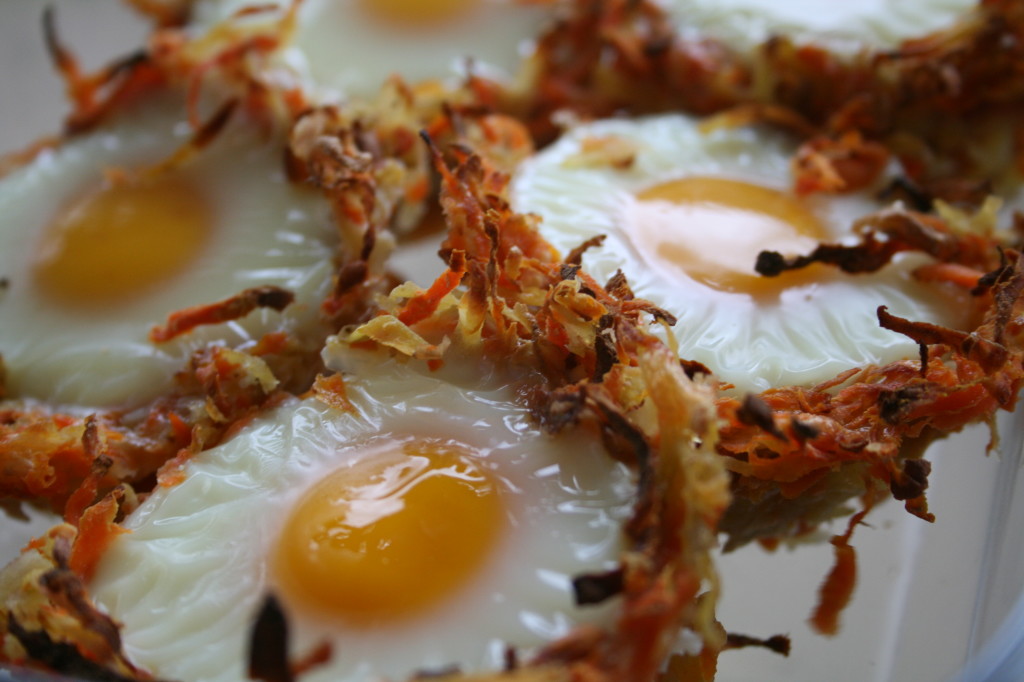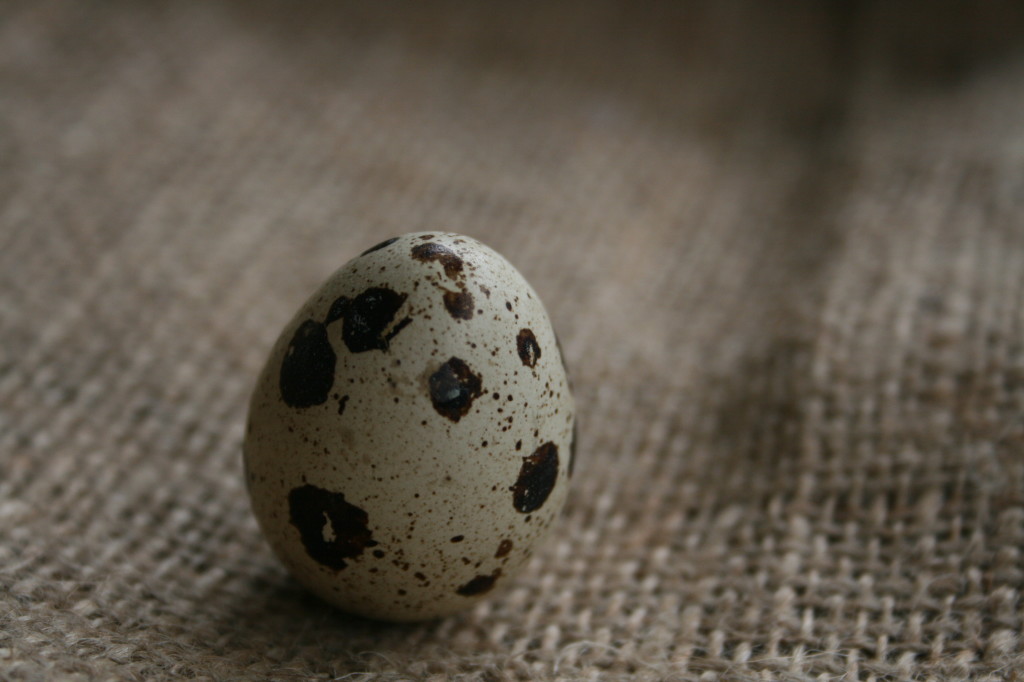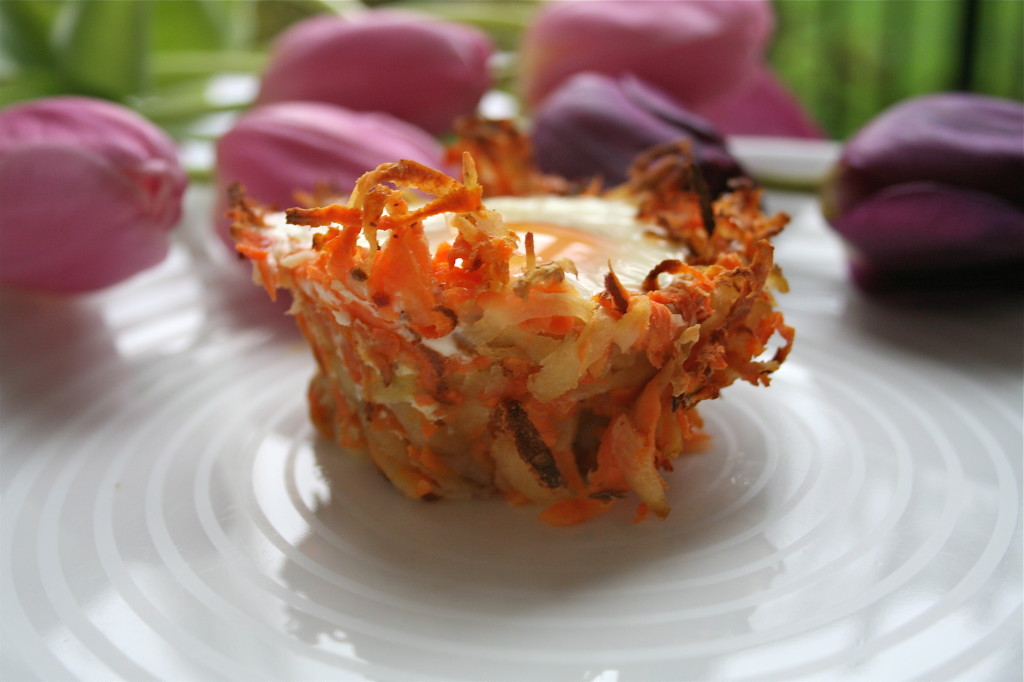 Eggs have been associated with beginnings, rebirth and fertility, central themes of old pagan spring rites, since long before they were connected to Easter. When Roman Catholicism became widespread the meaning of the eggs transferred to be a symbol of Jesus’ resurrection and thus remained part of the season’s central religious celebration. They were also considered a highly desirable treat after forty days of strict Lenten dietary abstinence and fasting. Legends of a rabbit laying eggs in the garden led to the tradition of making nests for the eggs to be lain in, which has evolved to the baskets that children now use for chocolate egg hunts.
Eggs have been associated with beginnings, rebirth and fertility, central themes of old pagan spring rites, since long before they were connected to Easter. When Roman Catholicism became widespread the meaning of the eggs transferred to be a symbol of Jesus’ resurrection and thus remained part of the season’s central religious celebration. They were also considered a highly desirable treat after forty days of strict Lenten dietary abstinence and fasting. Legends of a rabbit laying eggs in the garden led to the tradition of making nests for the eggs to be lain in, which has evolved to the baskets that children now use for chocolate egg hunts.
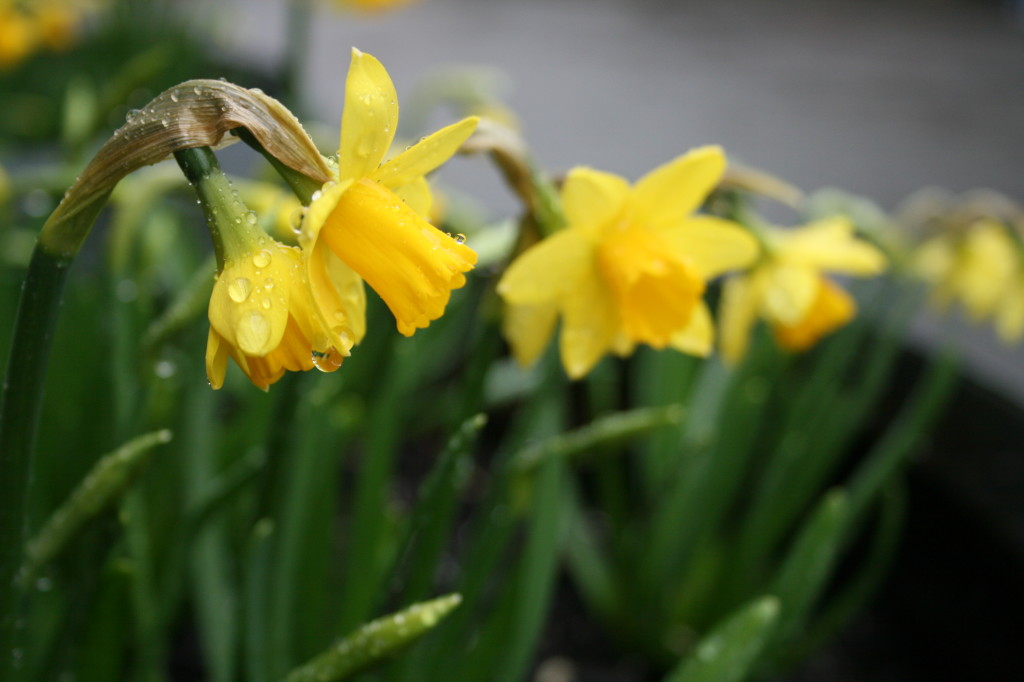
Shredded potato and/or yam, along with some cheese for extra flavor and its binding quality mold perfectly into nests in large muffin trays and baking an egg in the middle completes this festive brunch dish. The protein in eggs is exceptionally easy for our bodies to digest and absorb, giving us a very good return on investment. There has been some press lately about the American’s Dietary Guidelines Advisory Committee’s recent decision to revoke its previous advocation for restricting dietary cholesterol. This committee holds a lot of power that extends to creating dietary guidelines (establishing recommendations for everyone and setting expectations for food programs like those in schools) and authorizing the legal parameters for nutritional labels. According to the US Department of Agriculture’s stats, egg consumption in America is now lower than at any other point in the past century and the downward trajectory could continue.
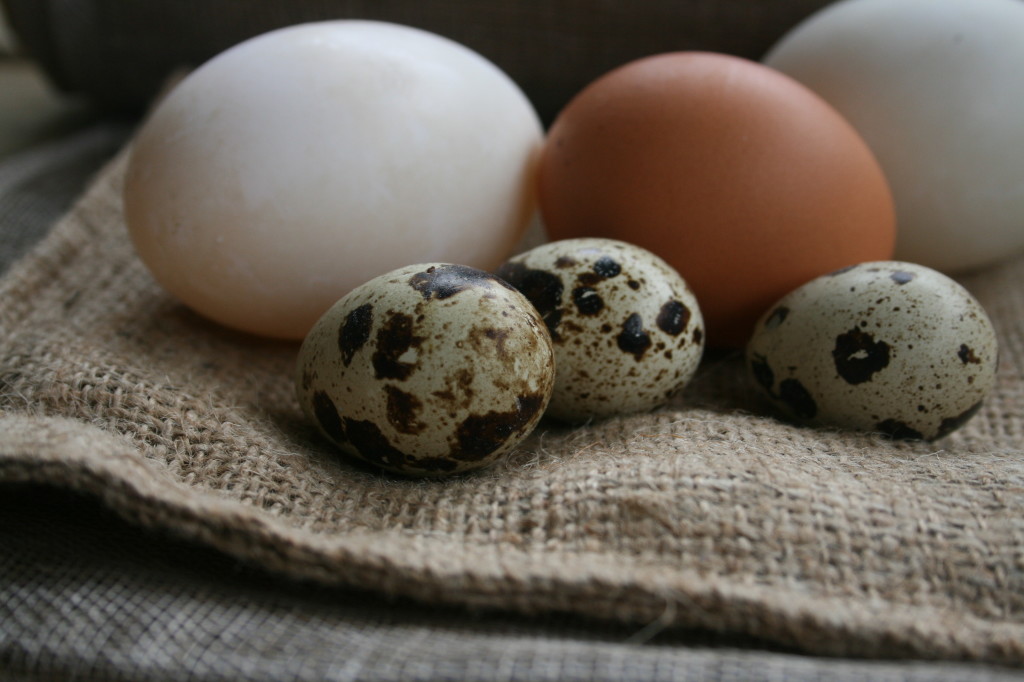 The advice perpetuated over the past few decades to avoid dietary cholesterol, along with the fear of dietary fat, has led to the villainizing of several whole foods like eggs that contain notable amounts. For many people they have been replaced with increasing amounts of processed and refined carbohydrates- one of the factors that coincides with the unprecedented levels of obesity and dietary caused diseases. Science has shown us that dietary cholesterol does not automatically transfer to increased serum (blood) cholesterol levels; a lot of what is in our bodies has been made directly by the liver. Some cholesterol is needed to create important hormones, bile (a substance that helps digest fat) and vitamin D. High cholesterol levels, particularly high LDL cholesterol levels (the bad type) are impacted by diet and lifestyle and avoiding the artificially created trans fats in processed foods, consuming more plant foods high in fiber and exercising regularly are all important, but eggs need not be forgotten.
The advice perpetuated over the past few decades to avoid dietary cholesterol, along with the fear of dietary fat, has led to the villainizing of several whole foods like eggs that contain notable amounts. For many people they have been replaced with increasing amounts of processed and refined carbohydrates- one of the factors that coincides with the unprecedented levels of obesity and dietary caused diseases. Science has shown us that dietary cholesterol does not automatically transfer to increased serum (blood) cholesterol levels; a lot of what is in our bodies has been made directly by the liver. Some cholesterol is needed to create important hormones, bile (a substance that helps digest fat) and vitamin D. High cholesterol levels, particularly high LDL cholesterol levels (the bad type) are impacted by diet and lifestyle and avoiding the artificially created trans fats in processed foods, consuming more plant foods high in fiber and exercising regularly are all important, but eggs need not be forgotten.
The one caveat is that like all animal foods, the nutrients in eggs are greatly impacted by the diet and lifestyle of the original source. If the hen that laid the egg spends her time out in a barnyard eating a natural diet of insects, seeds and foraged plants she will produce eggs that are higher in omega-3 (very good) fats and vitamins A and E, and are actually lower in cholesterol. Her counterpart living in a confined cage, with no exposure to sunlight and consuming an unnatural, processed feed and a steady stream of antibiotics to prevent diseases rampant in such poor conditions will simply not produce a product of comparable nutritional value. If you are interested, check out this five minute video. It focuses on a farmer frustrated with the standards he has to enforce on his own farm because of a partnership with a large corporation and exposes some of the hidden costs of cheap food. His problem is not unique and shows why taking some of our business to a local farmers market keeps small and medium scale farms in our community from having to take that route.
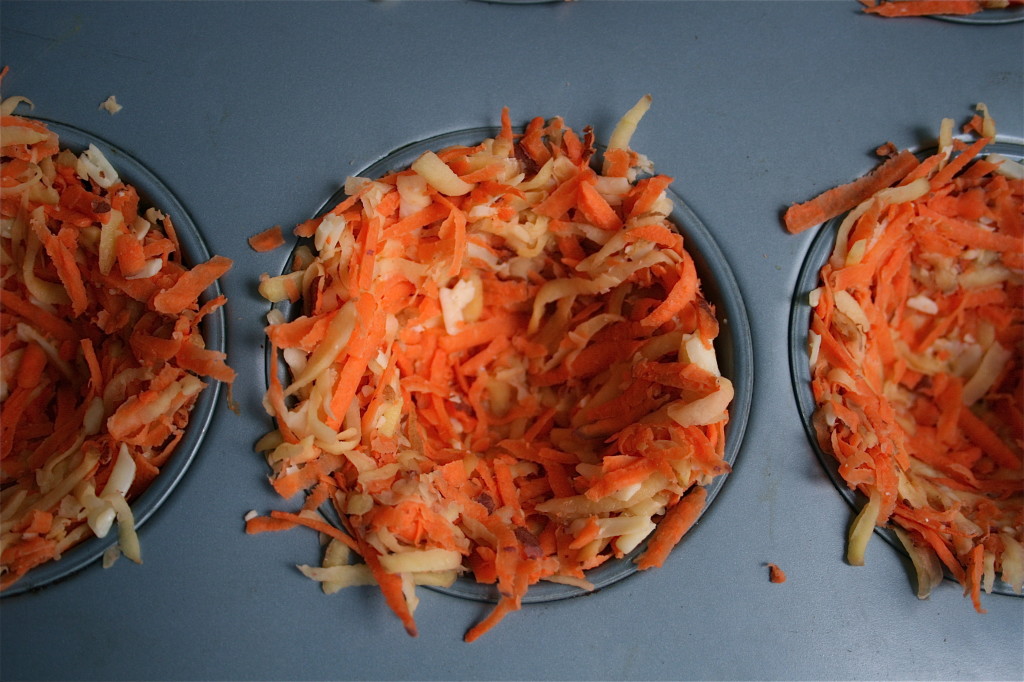
- 3 cups yam, shredded
- 3 cups yellow potato, shredded
- 6 eggs
- ½ cup aged cheddar cheese
- 1½ teaspoon cold-pressed olive oil
- ½ teaspoon sea salt
- Preheat oven to 400°. Place the yam, potato and salt in a large bowl and toss until the salt is evenly distributed then set aside for 15 minutes, the salt will help draw out the excess water. Next, scoop the yam mixture into the center of a dish towel, bring all the ends up and together then twist them as tightly as possible to ring out as much liquid as you can. Return the yam mixture to the bowl and mix in the cheese. Place ½ teaspoon of the oil into each opening in the muffin tin and use your fingers to make sure it is evenly distributed on all sides and up to the top. Place the yam mixture evenly into the openings then press down on each and press the sides in, creating a well in the middle. Bake for 15 minutes. Remove from the oven, crack an egg into each well then reduce the oven temperature to 325° and bake for another 15-18 minutes. At 15 minutes the yolk will still be runny but by 18 it will be firm. Once the tops of the nest start to brown, probably when the eggs first go in, make a tent by taking a long piece of aluminum foil and making a little peak in the center so that it looks like a teepee then place that over the muffin tin. Once baked set them aside to cool for 5 minutes then use a thin, sharp knife to cut around the edge of the nest then spoon them out. They can be stored in the fridge for a couple days and reheated.

